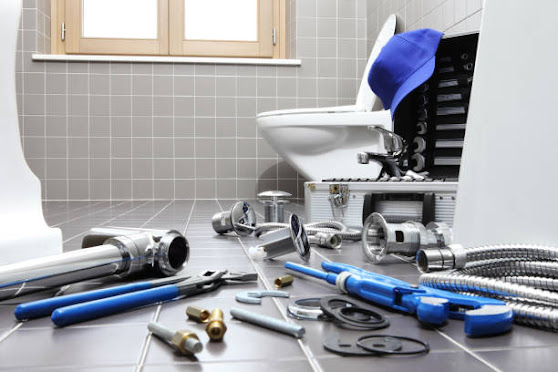Leaky Toilet Tank? Here's What You Need to Know
A leaky toilet tank is not only a nuisance but can also lead to significant water wastage and potential damage to your bathroom. Ignoring the problem or failing to address it promptly can result in higher water bills and even structural issues. In this blog, we will explore the causes of a leaking toilet tank, the potential consequences, and the steps you can take to fix the issue. By understanding the underlying factors and taking appropriate action, you can save water, money, and the integrity of your bathroom.
Identifying the Signs of a Leaky Toilet Tank
Before delving into the causes and solutions, it's important to recognize the signs of a leaky toilet tank. The most apparent indication is a continuous or intermittent sound of running water in the toilet, even when it hasn't been flushed. Additionally, you may notice water pooling around the base of the toilet or a persistent dampness on the floor. These signs should prompt you to investigate further and address the issue promptly.
Common Causes of Toilet Tank Leaks
Several factors can contribute to a leaky toilet tank. One common cause is a faulty flapper valve. The flapper, which controls the release of water from the tank to the bowl during flushing, can deteriorate over time or become misaligned, resulting in water leakage. Another culprit could be a worn-out or improperly adjusted fill valve, which regulates the water level in the tank. Additionally, cracks in the tank itself or loose connections between components can lead to leaks.
Consequences of Ignoring a Leaky Toilet Tank
Neglecting a leaky toilet tank can have several undesirable consequences. Firstly, it can lead to a significant increase in your water bills, as water continuously flows into the tank and down the drain. This wastage not only impacts your finances but also strains the environment. Furthermore, if left unaddressed, the constant presence of moisture can foster mold and mildew growth, potentially causing damage to your bathroom flooring and walls. Timely action is crucial to prevent these issues from escalating.
Steps to Fix a Leaky Toilet Tank
Fortunately, addressing a leaky toilet tank is a task that can often be tackled without professional assistance. Start by inspecting the flapper valve, ensuring it forms a proper seal when closed and replacing it if necessary. Adjusting or replacing the fill valve may also be required to maintain the correct water level. It's important to turn off the water supply to the toilet before making any repairs. Additionally, inspect the tank for cracks and replace it if needed. If you're unsure or uncomfortable with performing the repairs yourself, don't hesitate to seek the help of a professional plumber.
Preventive Measures for Future Leaks
Once you have successfully fixed a leaky toilet tank, taking preventive measures can help avoid similar issues in the future. Regularly inspect the flapper valve, fill valve, and other components for signs of wear and tear. Replace any parts that show signs of deterioration promptly. It's also a good practice to check for leaks by adding a few drops of food coloring to the tank water and observing if it seeps into the bowl. Additionally, avoid using the toilet tank as a shelf, as placing heavy objects on it can put stress on the components and potentially cause leaks.
Conclusion
Dealing with a leaky toilet tank requires prompt attention to avoid water wastage, increased bills, and potential damage to your bathroom. By recognizing the signs of a leak, understanding the common causes, and taking appropriate steps to fix the issue, you can resolve the problem effectively. Regular Katy plumbing maintenance and preventive measures will help ensure the longevity and optimal performance of your toilet tank. Remember, a small leak today can lead to big problems tomorrow, so don't delay in addressing a leaky toilet tank. By being proactive and taking the necessary steps, you can save water, money, and preserve the integrity of your bathroom for years to come.




Comments
Post a Comment